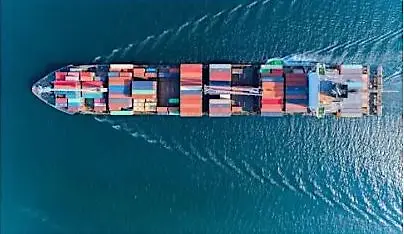at sea, marking the first rise since 2021.
Analysts attribute the increase to new and altered shipping routes, heavier vessel loads, and more volatile weather conditions across key maritime corridors.
What’s Happening?
According to recent industry data, roughly 2,800 containers were lost overboard in the past year—up from 2,400 in 2023. While this remains well below historic averages, it underscores a worrying trend as shipping lines push longer, riskier routes to avoid conflict zones, congestion, and environmental restrictions.
- Route detours: Carriers have increasingly diverted vessels away from the Red Sea and Suez Canal, redirecting traffic via the Cape of Good Hope, adding days at sea and exposure to harsher weather.
- Heavier loads: Ships are carrying record container volumes due to surging demand and fleet optimisation, placing more stress on lashings and deck stacks.
- Weather volatility: Increased storm frequency and wave intensity in the Indian and Atlantic Oceans have contributed to the rise.
The Cost of Container Losses
Beyond the immediate financial impact—estimated at nearly $100 million annually—container losses carry environmental and safety concerns.
Lost containers can:
- Endanger smaller vessels navigating shipping lanes.
- Pollute marine ecosystems with plastics, electronics, and hazardous cargo.
- Disrupt insurance markets already strained by increased claim volumes.
Insurers warn that even a modest rise in losses can have an outsized effect on underwriting costs and future freight premiums.
“While the number of lost containers remains low by historical standards, any rise is concerning.
Changes in routing, heavier loading, and extreme weather patterns are combining to create the perfect storm for maritime risk.”
— World Shipping Council (WSC) Spokesperson, commenting on the 2025 data
Why the Industry Is on Edge
Shipping companies have been forced to adapt rapidly amid geopolitical tension, climate shifts, and infrastructure bottlenecks.
- The Red Sea conflict and subsequent security premiums have altered the traditional Asia-Europe corridor.
- Decarbonisation policies are encouraging slower steaming speeds, meaning vessels spend longer at sea—more time for exposure, less margin for error.
- Efforts to reduce crew fatigue and improve container securing technology are ongoing, but adoption remains uneven across global fleets.
Despite the challenges, industry leaders stress that the overall rate of loss—less than one container per 100,000 transported—shows continued progress compared to the 2010s.









